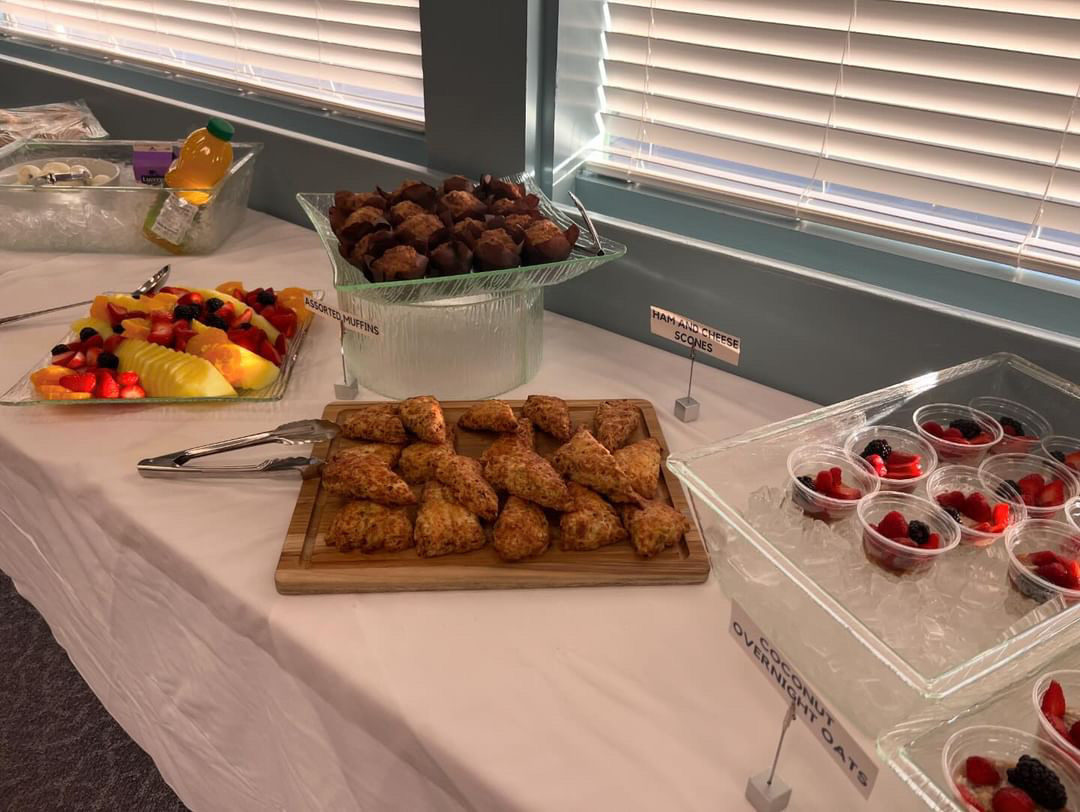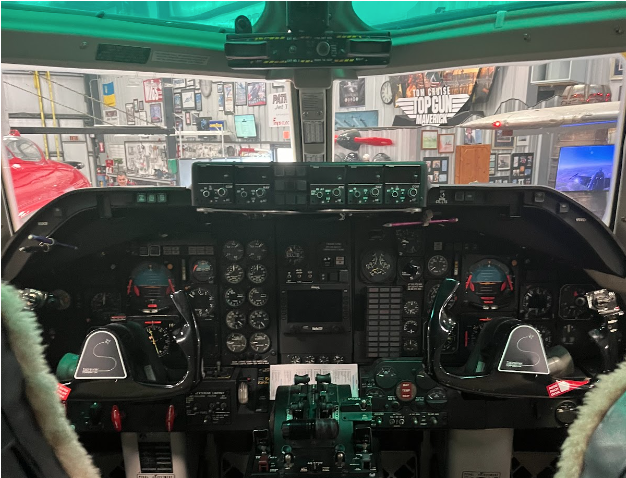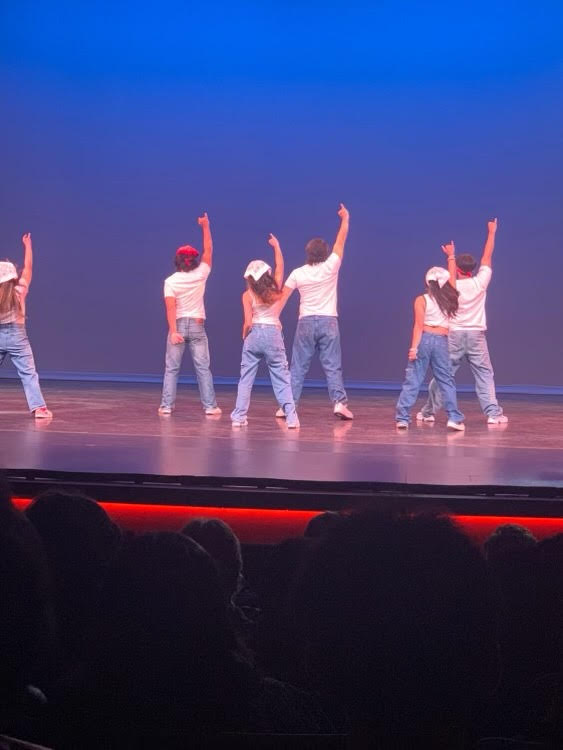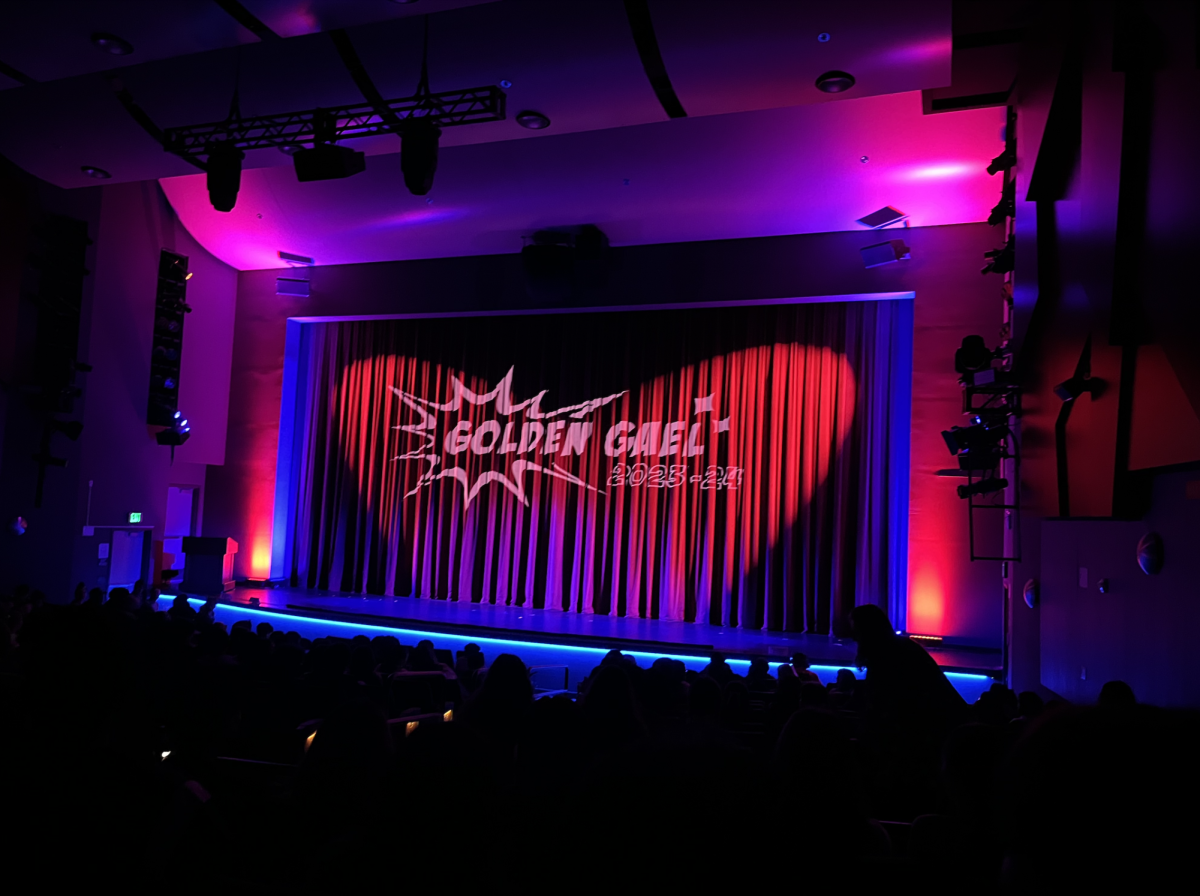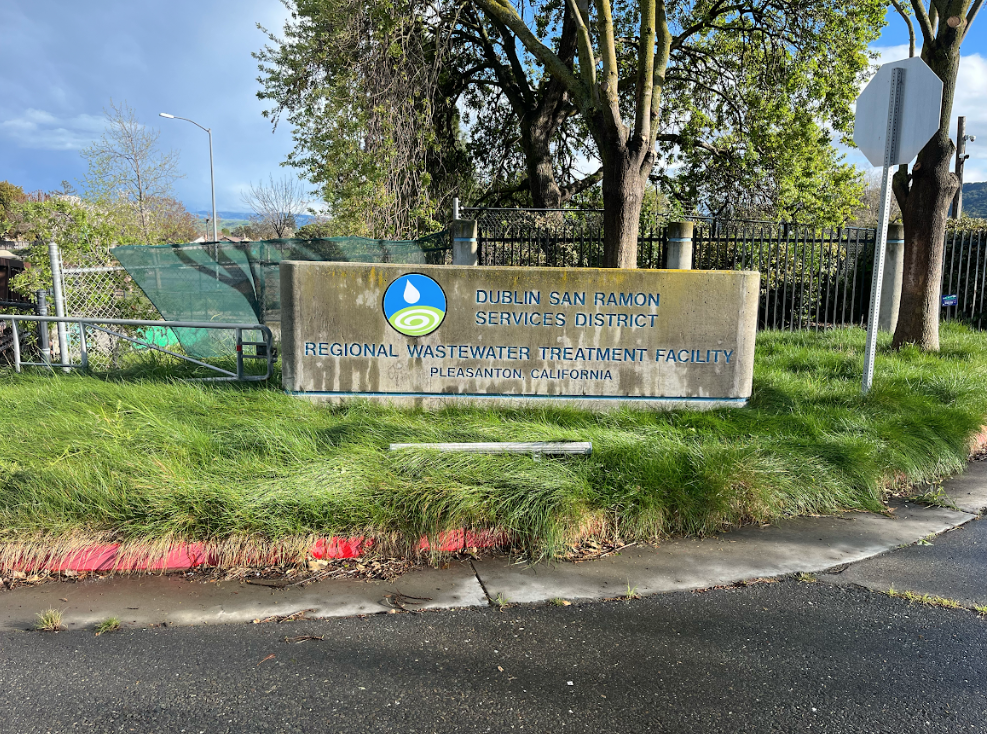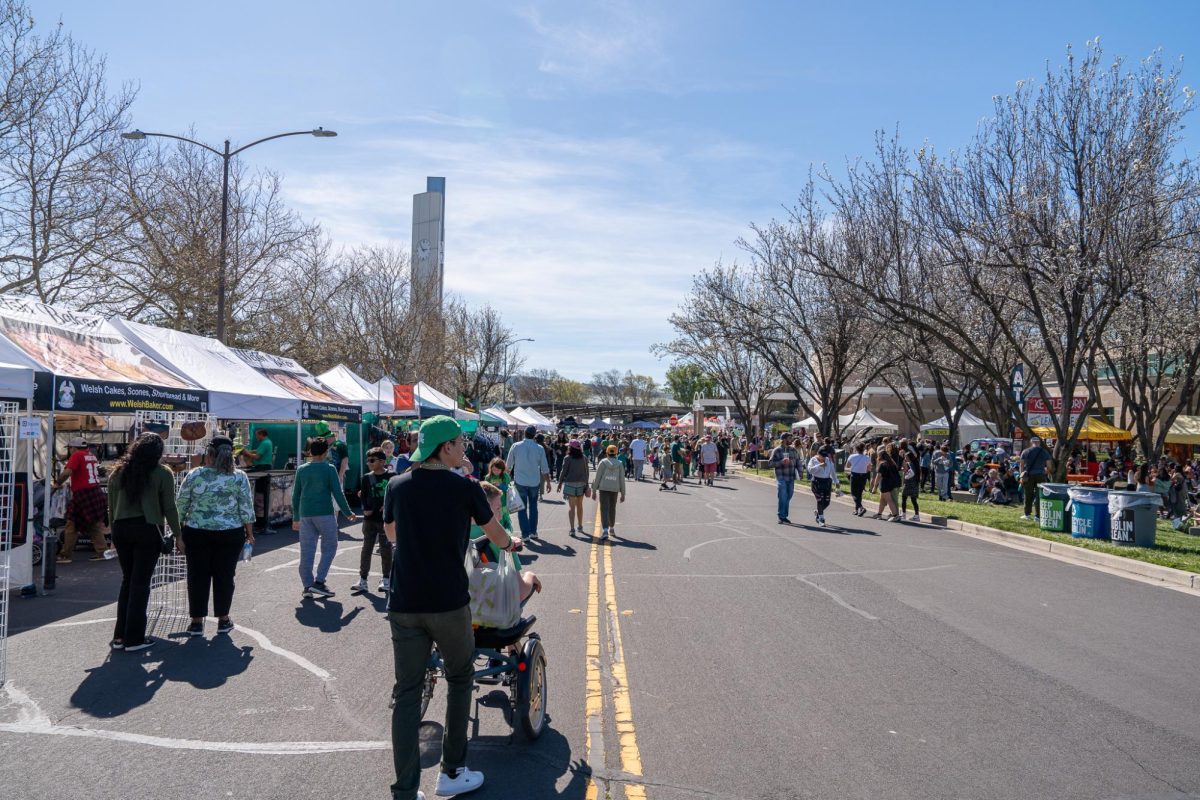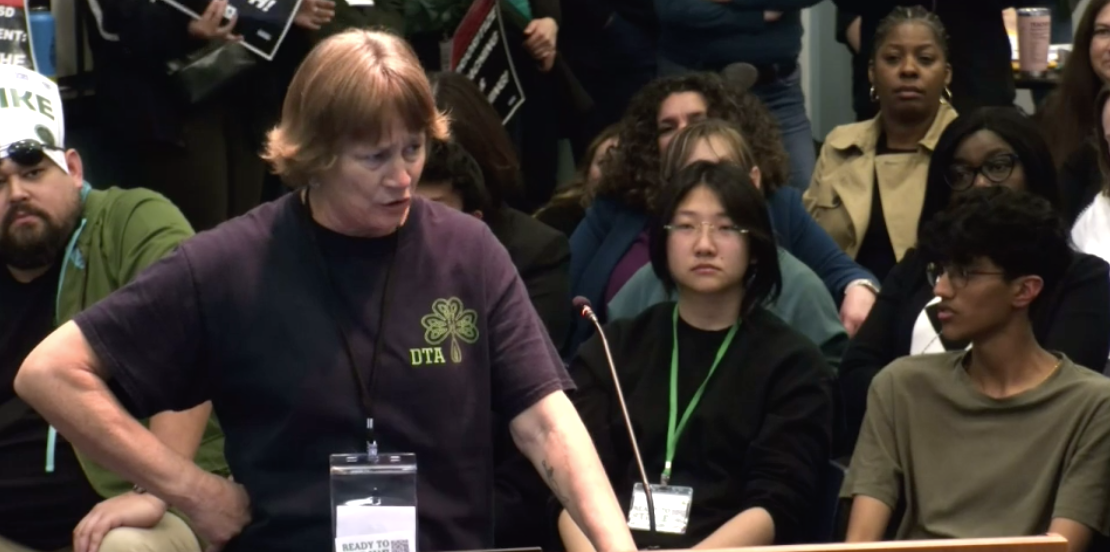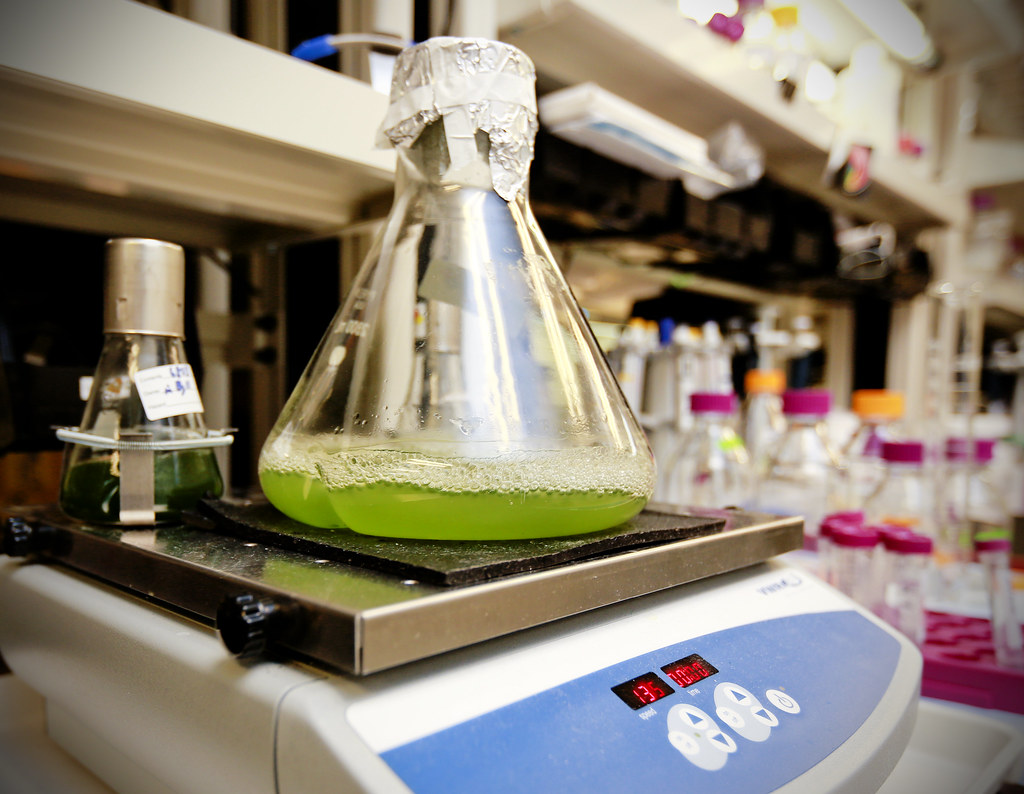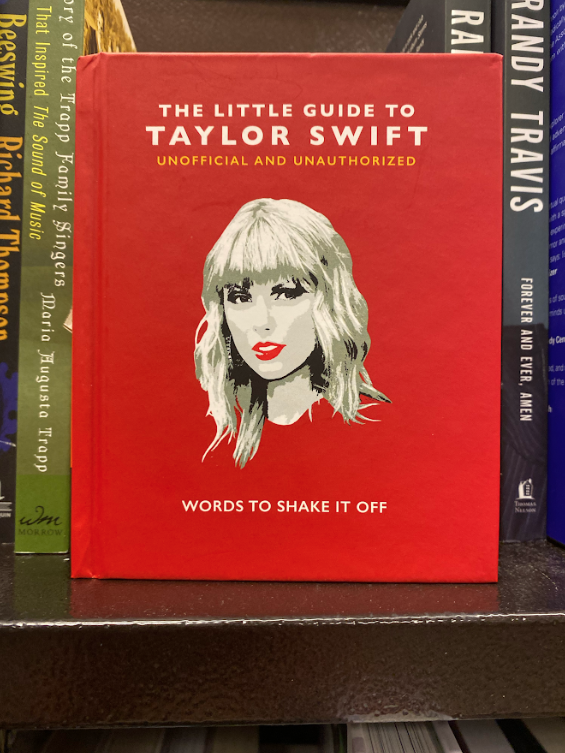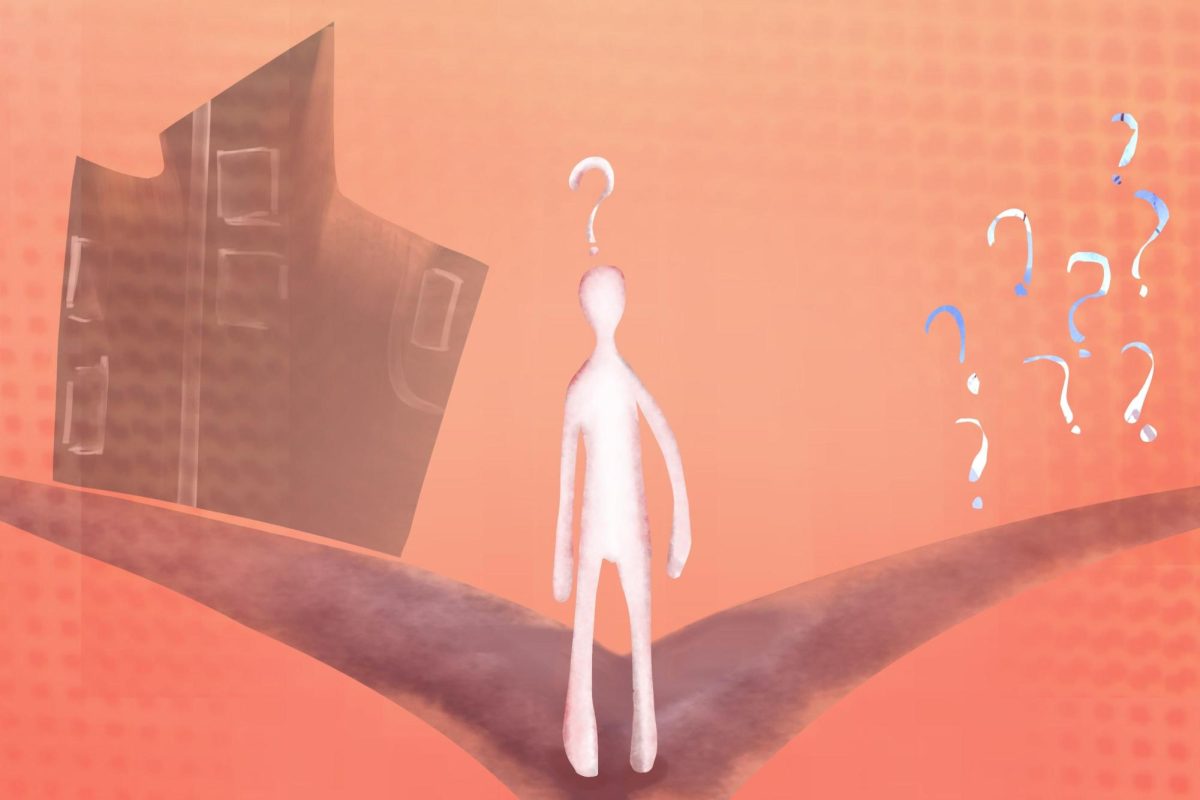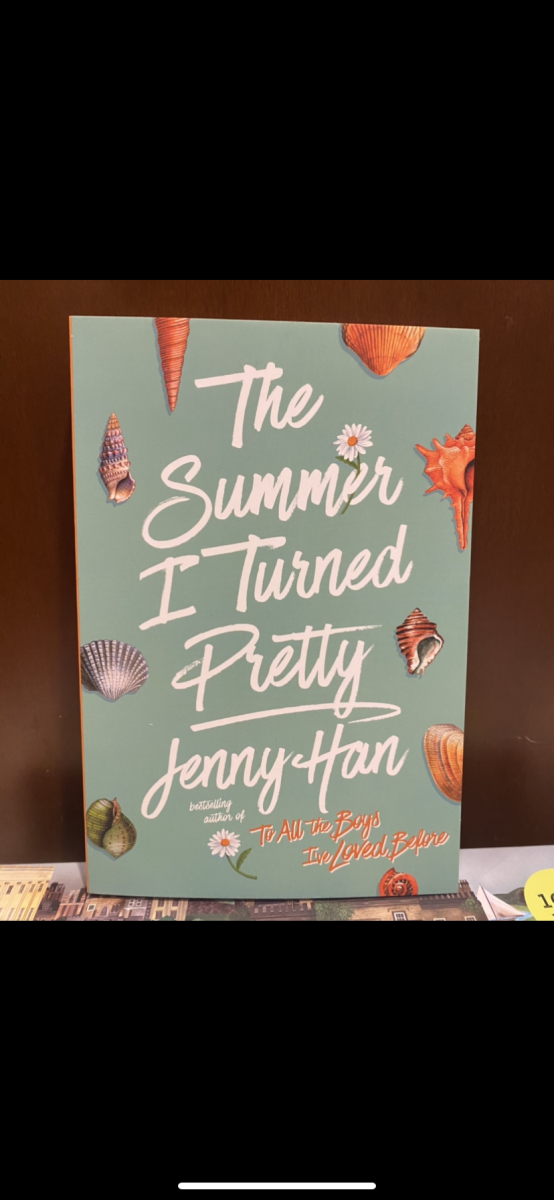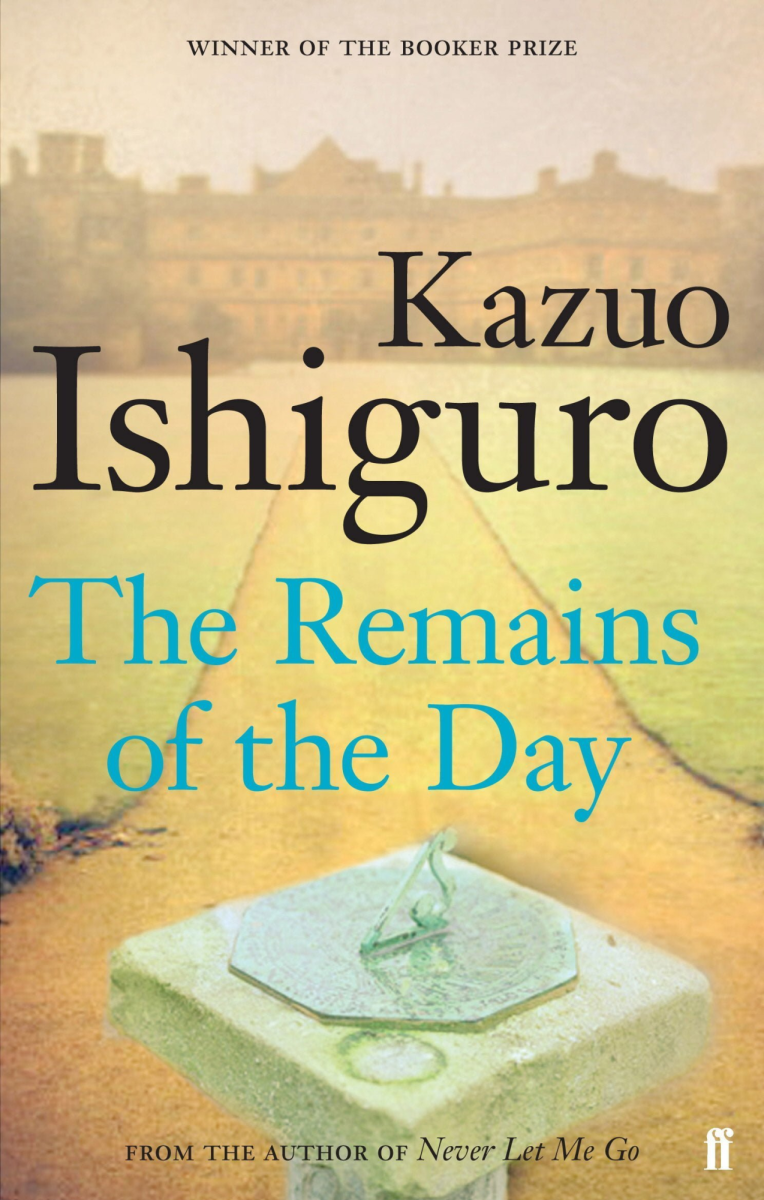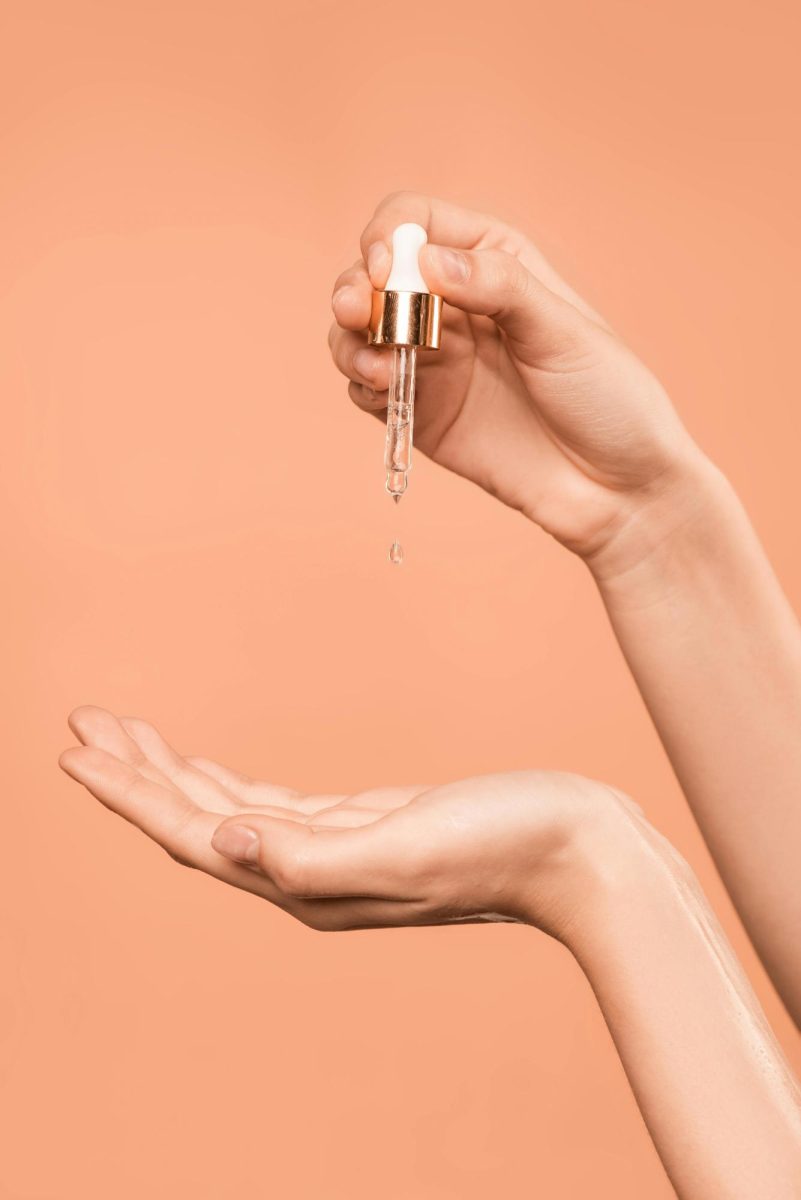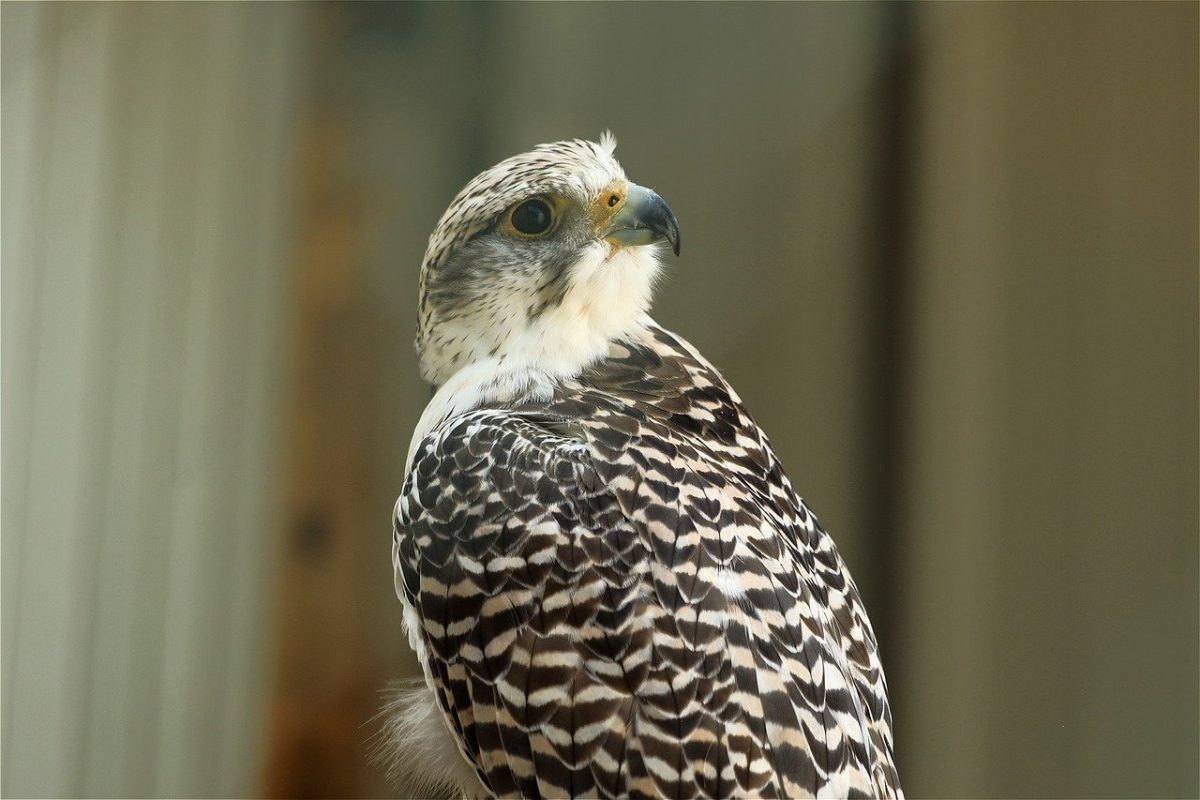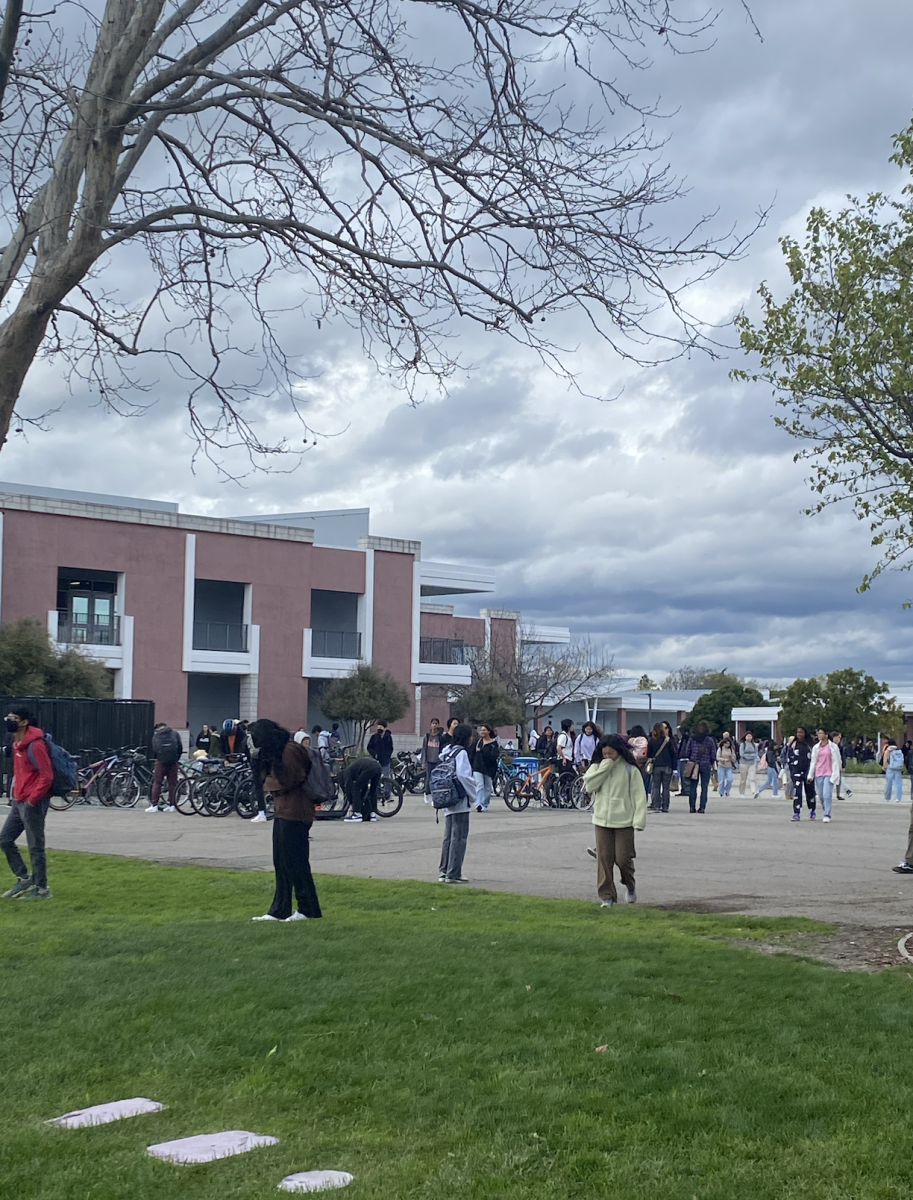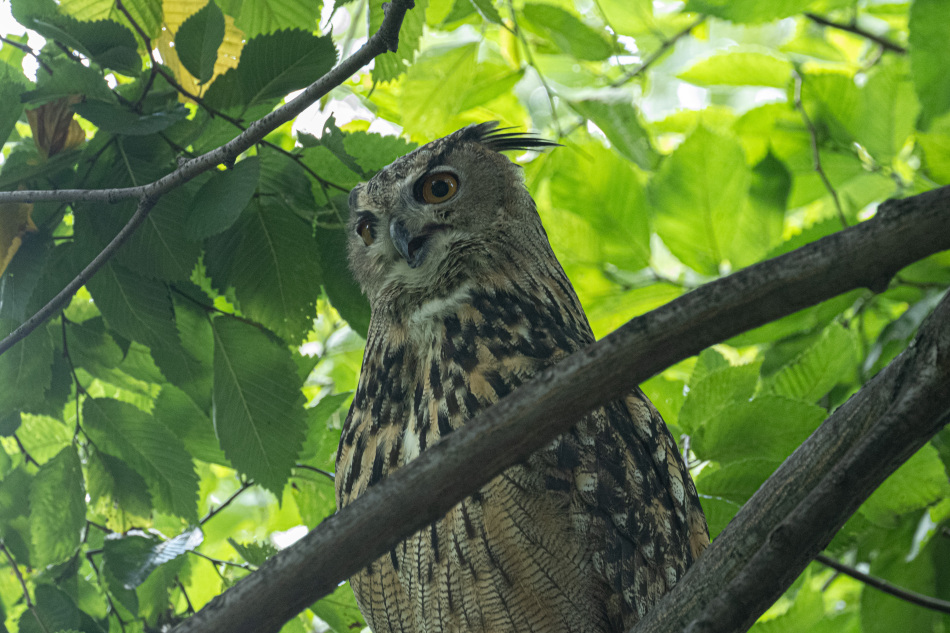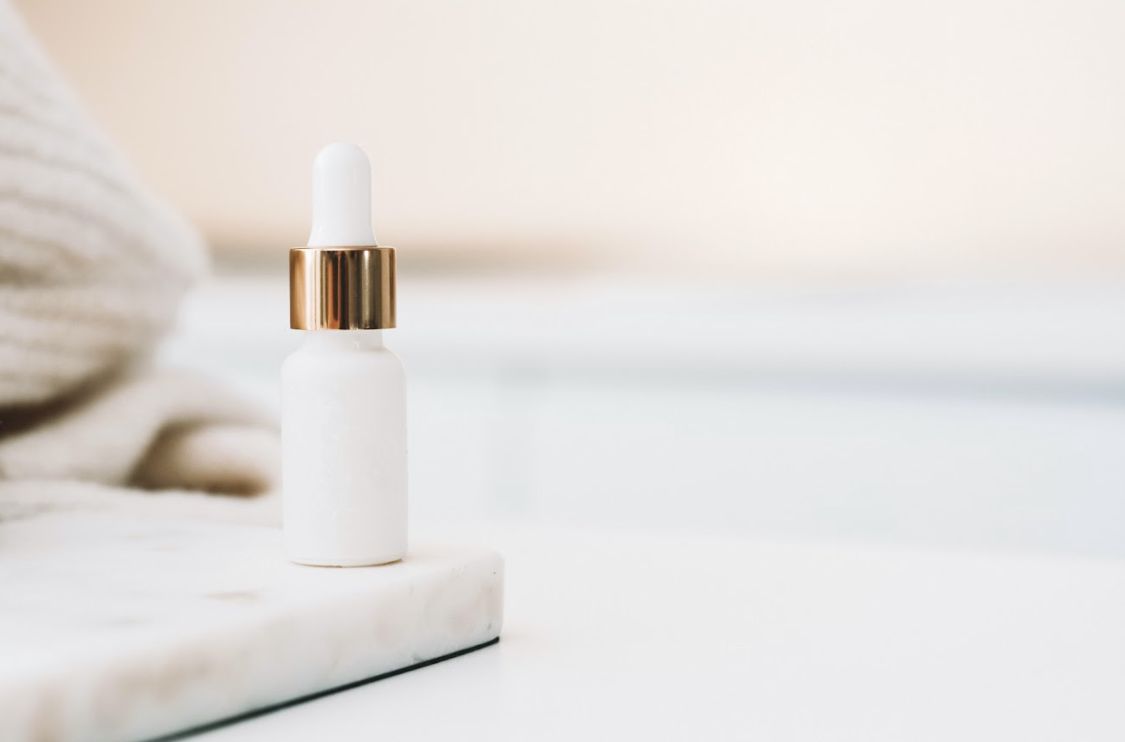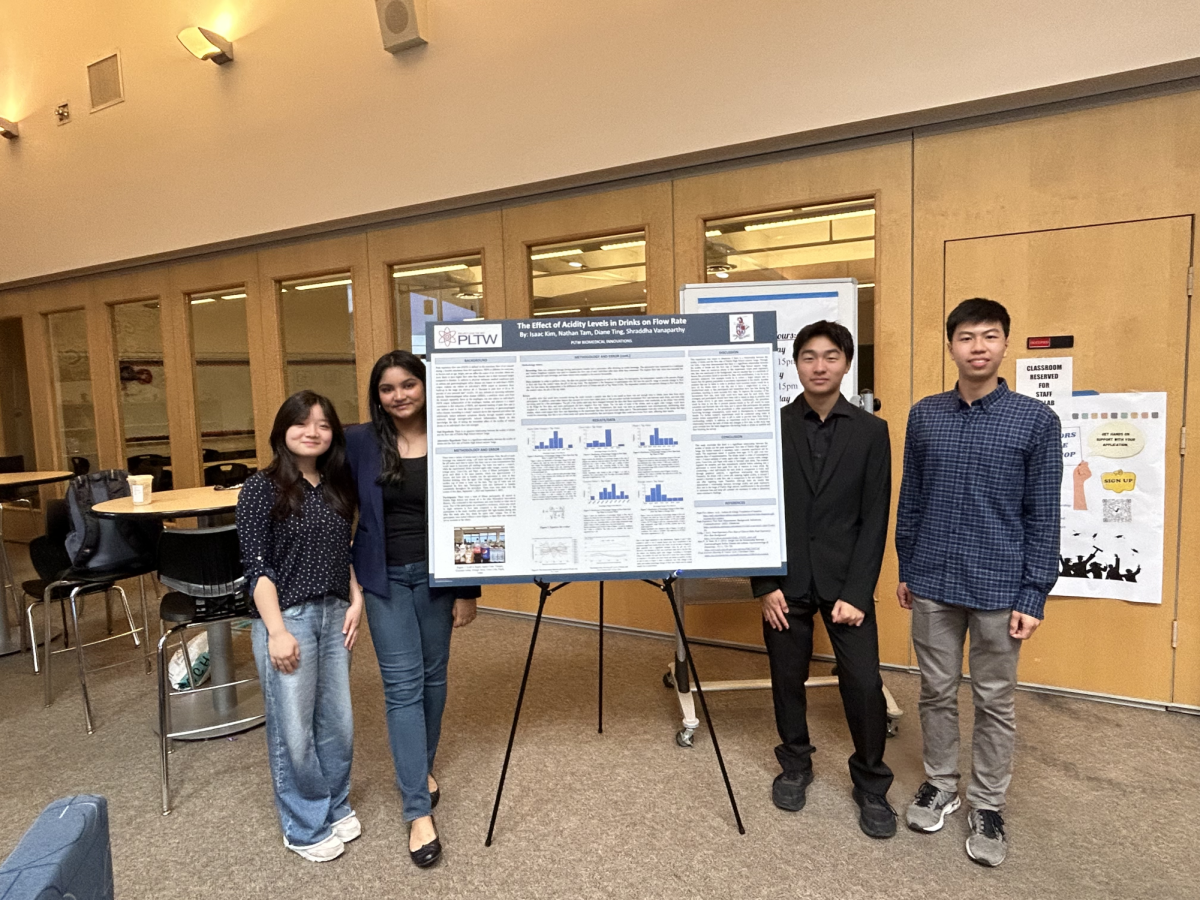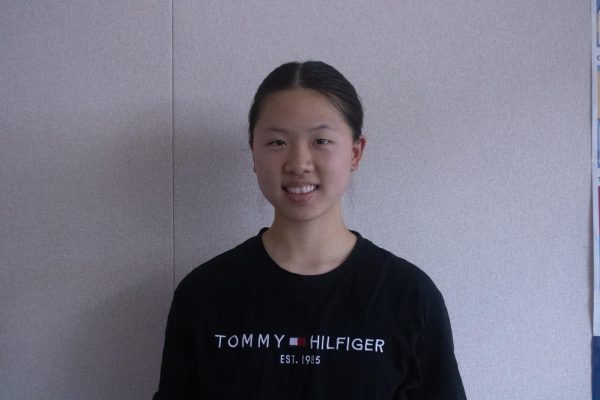Dublin High offers courses in a variety of academies, one of which is the Biomedical Academy, familiarly known as Biomed. In this academy, seniors can take Honors Biomedical Innovations, the academy’s capstone course, which offers students the opportunity to conduct independent research and present their findings to industry professionals. In early October, Biomed students had such an opportunity, and I interviewed some of them to gain insight into what their experience with the project was like.
The first group I interviewed was that of Diane Ting, and she represented her fellow group members Isaac Kim, Nathan Tam, and Shraddha Vanaparthy. Her group researched the effect of different acidity levels of drinks on peak expiratory flow rate (PEFR), a measure of a person’s maximum speed of exhalation. Their interest in this topic came from reading a research paper about peak expiratory flow rate and the impact of asthma on one’s PEFR, which made them curious about how PEFR can be affected by one’s bodily conditions and that prompted them to set out to test the effects of various drinks on a person’s expiratory flow rate.
When asked about her group’s challenges, Ting shared that they had “a smaller than ideal sample size” and “failed to consider the components of each drink,” which may lead to an inaccurate reflection of the general population. Despite the difficulties along the way, however, Ting thought that “it was an enlightening experience to be able to design an experiment from scratch,” and if given the chance to do it again, she “would do it in a heartbeat.”
After that eye-opening experience, Ting wants to tell future students that “there is no such thing as ‘bad’ science.” Even though she encountered unexpected hardships with her group’s research, she nonetheless learned valuable skills that she could apply in the future, such as public speaking and research. In light of this, Ting encourages future students to “not be scared to present your findings, and to speak up” when given the opportunity.
Another group, consisting of Ryanne Ma and her teammates Jason Wu and Arjun Karur-Parekh, presented their findings about the effects of music on people’s breathing rates. As music lovers themselves, they wanted to research this topic to find the scientific reason behind music’s effects and how it could be utilized in health care, such as through music therapy and overall stress management.
As with Ting’s experiment, Ma also faced difficulties in hers, specifically in standardizing the variables. Ma said that they had to find a quiet room to limit distractions and keep the participants in a “relaxed and consistent state,” which was vital to ensuring the validity of their experiment. Despite these complications, through various trials and errors, the group collected the data they needed.
Most people would find this kind of project insightful and fun, and Ma was no exception. The project’s research emphasis taught her “research methodology, data analysis, and [experiment design],” all of which are essential skills for students interested in a research career, no matter the subject. Additionally, the process of interacting with volunteers and planning out a detailed project both contributed to the overall enjoyment of their work.
To account for potential complications, like those Ma faced, in research, she advises future students to “brainstorm and research a lot more ideas” so they can keep their options open. They might, in fact, face difficulties along the way, so if the group members planned more beforehand, they better handle issues that arise. Ma also recommended that groups have a flexible mindset and work with the constraints they may face so they won’t be stuck on a step.
To conclude our interviews, we have Justin Chuck, Christopher Vuong, Joaquin Wong, and Ryan Xu here to talk about their project, in which they, according to Vuong, “measured physiological responses” to other people in pain. As with the previous two groups, they thought that their topic was fun and worth exploring more deeply. Hence, they made a plan to do just that.
While collecting data for their project, the group found that they couldn’t use the heart rate monitors available to them and instead had to use EKGs, otherwise known as electrocardiograms. Although this posed a challenge, the EKGs were more straightforward to use than the group thought they would be. “After a few steps, you can get the heart rate, but it’s harder to get,” Wong shared.
Like Ting, Chuck said the project was “an enlightening experience” that brought surprising results. They found two contrasting emotions in their experiment: over half of their twenty-seven participants experienced excitement, while two felt bored. Their findings also differed from the research they had conducted previously, which led to a couple of null hypotheses.
Speaking from experience, Xu advised future students to “come up with something creative,” a recommendation his teammates agreed with. As with any project, a unique idea will motivate researchers to seek the answers to their question and captivate the audience with what they have uncovered.
The future is bright for these seniors who have gotten a taste of the world of research and professional work. We can’t wait to see what kinds of projects they will create next and what future classes of Biomedical innovators will present!

